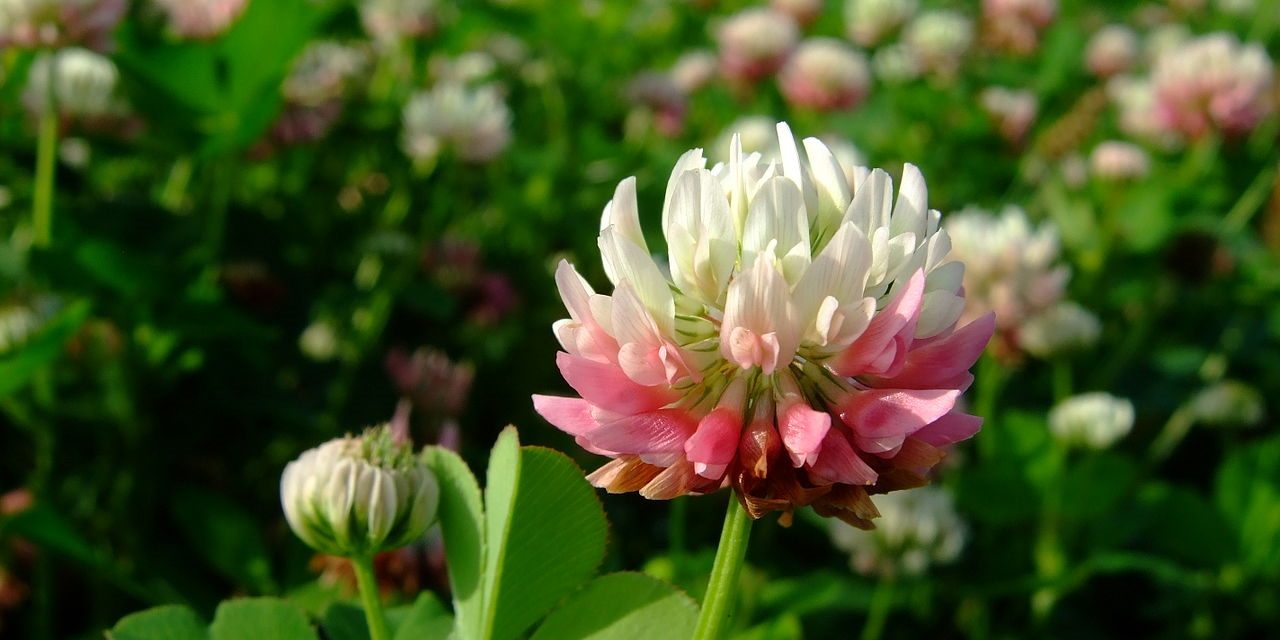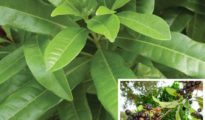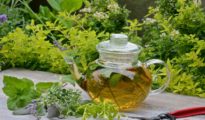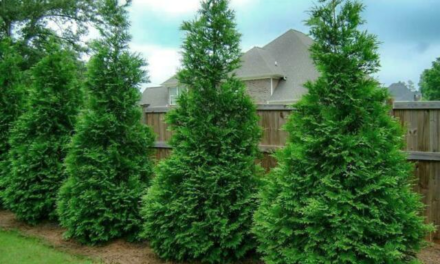Alsike clover plants are super adaptable flowers that usually grow on roadsides, as well as in damp pastures and fields. Although not native to North America, alsike clover plants have made their way to about two thirds of North America, specifically in moist areas. If you're interested in learning how to grow alsike clover plants, keep reading!
Usually, alsike clover isn't planted on its own but rather with other plants such as grass or red clover to improve soil or to be used as pasture. Rich in nutrients, alsike clover can provide livestock with lots of vitamins and minerals.
How to Grow Alsike Clover

Planting Alsike Clover:
- Alsike clover can be grown in USDA zones 3 through 8.
- Plant in an area where there will be full sun, at least 6 hours of sunlight per day.
- The alsike clover plant will go in almost any soil as long as it is damp, so regular watering is extremely important.
- Plant these plants at a rate of 2-4 pounds per acre.
- Do not fertilize using a nitrogen fertilizer as it may damage your crop.
The Difference Between Alsike Clover and Red Clover:
It can be quite difficult to differentiate between alsike clover and red clover, but you can usually tell just by the markings on the flowers. The red clover leaves are not serrated, unlike the alsike clover, and it also has a white “V” marking, whereas the alsike clover does not.
Alsike clover is also much taller than red clover, with a height of 2-4 feet. Red clover will reach a maximum height of 12-15 inches.
So now that you know how to grow alsike clover, it's time to roll up your sleeves and get to planting!
Like this post? Share and Pin 🙂




















